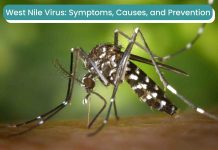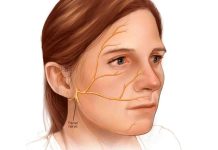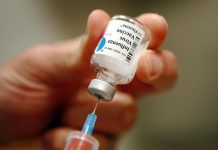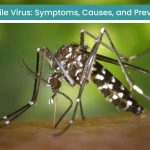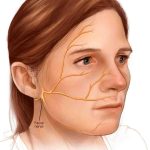Based on data from the World Health Organization (WHO), pneumonia in children is the cause of 16 percent of deaths of children under five in 2015. Pneumonia in children is even claimed to be the cause of death of children every 20 seconds.
Therefore, USA Health Articles will provide some insight about the symptoms of pneumonia in children that you should be aware of.
A weak or incomplete immune system is the main cause of pneumonia in children. The following are children who have a higher risk of pneumonia, include:
- Babies who do not get breast milk
- Malnourished children
- Children with HIV
- Children affected by measles infection
- Not getting immunization
- Babies born prematurely
What is Pneumonia?
Pneumonia is an infectious disease that attacks the lungs, causing the air sacs in the lungs to become inflamed and swollen. This health condition is often referred to as a wet lung, because the lungs can be filled with water or mucus fluid.
Generally, pneumonia is caused by a bacterial infection in the lungs. The symptoms develop within one to two days, then experience a slowdown after a few days.
This infection begins with disrupting your upper respiratory system (nose and throat). Then the infection will move towards the lungs, which then inhibits the movement of air in the lungs, so you will increasingly experience difficulty in breathing.
Most pneumonia can be treated until healed within one to two weeks (pneumonia due to viruses generally takes longer). However, your condition will certainly be worse if you experience pneumonia coupled with the presence of other diseases in your body.
Symptoms of Pneumonia in Children
Somewhat different from pneumonia in general, pneumonia in children in some cases is not marked by an increase in the tempo of breathing, especially if the pneumonia attacks the lower lung. Symptoms that occur are generally such as fever, vomiting and pain in the lower abdomen.
Some other symptoms that indicate your child has pneumonia include:
- Fever,
- Cough, which may be dry and may also phlegm followed by mucus in green or yellow.
- Breathing in a high tone,
- Difficulty breathing. Generally your child will still feel difficulty breathing even when he is resting.
- Throws up,
- Pain in the chest,
- Abdominal pain that occur due to your child’s efforts that are too hard to breathe normally.
- Pale and lethargic,
- Loss of appetite,
- In more severe conditions your child’s lips and nails will turn blue.
- Sweating,
- Shivering.
How to Prevent Pneumonia in Children?
This disease can spread through spit saliva when people with pneumonia cough or sneeze, including touching a patient’s handkerchief. In addition, it can be transmitted through various eating and drinking equipment belonging to the sufferer.
For this reason, in order to avoid this disease, there are some preventative steps that can be taken:
Sufficient nutrition
Give breast milk to baby for a minimum of the first six months. This is important to strengthen the child’s immune system naturally in fighting disease. Fulfill children’s nutritional needs by giving them fruits, vegetables and other nutritious foods.
Vaccine or Immunization
Includes Hib vaccine (haemophilus influenzae type B), measles vaccine, and pertussis vaccine known as DPT vaccine (Diphtheria, Pertussis, and Tetanus). Vaccine or Immunization is the most effective way to prevent pneumonia.
Implement healthy and clean living behaviors
Includes personal hygiene such as washing hands before eating, environmental hygiene such as keeping children away from cigarette smoke or air pollution. Also make sure to maintain sanitation, such as cleaning the house and good air ventilation, and cooking food cleanly.
Don’t let pneumonia in children cause a more serious condition. Keep clean and fulfill the child’s nutritional needs, and don’t forget to give vaccines on schedule.












